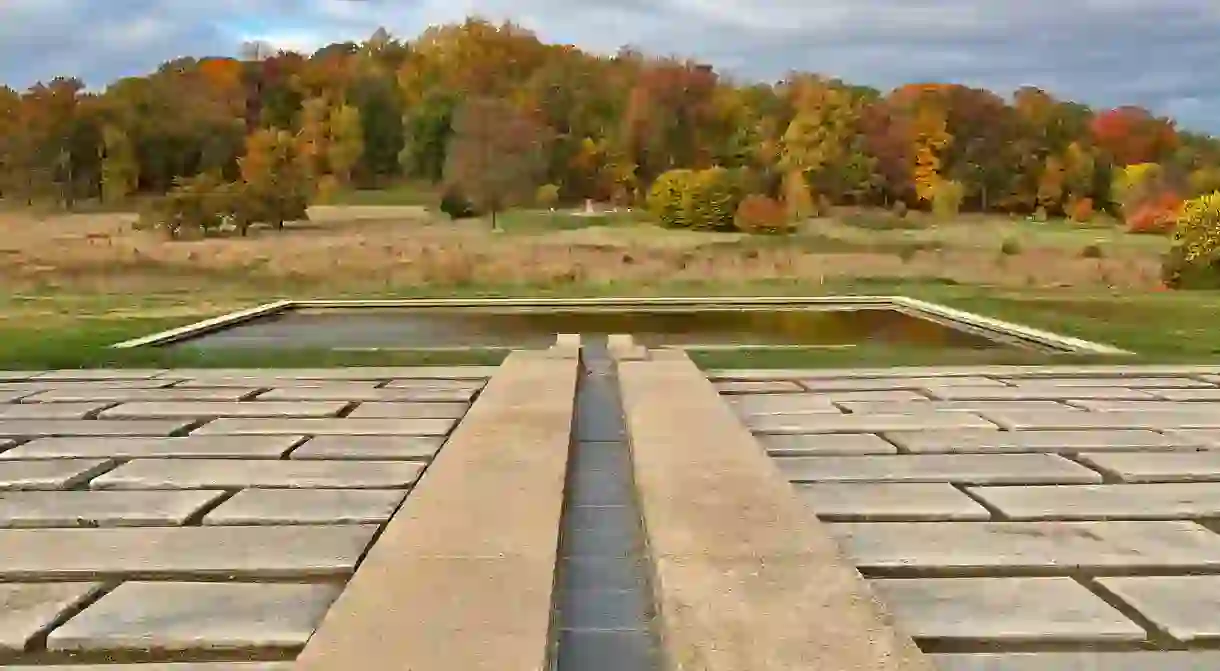Why The National Arboretum In Washington, D.C. Is a Must Visit

The National Arboretum spans 446 acres across northeast DC. Operated by the US Department of Agriculture, the arboretum serves as a national hub for botanical research. Scientists from varying plant-related disciplines conduct surveys and perform developmental research on the 1,000+ species of flora present. Approximately nine miles of roads wind through the arboretum, connecting the varied collections. Here’s what you simply cannot miss…
The National Capital Columns
The National Capital Columns sit within the Ellipse Meadow – arguably the most scenic section of the National Arboretum. The arboretum is a bit of a trek from downtown DC, but the remote location makes it all the more picturesque. The colorful foliage creates a wonderful contrast from the crisp, blue sky on clear days, with no skyscrapers or cars in sight.

The Bonsai Garden
Japanese Bonsai and its precursor, Chinese Penjing, are a unique form of shrubbery rooted in cultural traditions and representations. This museum houses vibrant and colorful vegetation in its outdoor gardens, most popular in springtime during cherry blossom season, and it also includes a quaint indoor pavilion for reflection. The plants are unique and traditional – there is, for example, a Japanese white pine that is approaching 400 years old!

Dogwood Collection
The beautiful dogwood trees are noteworthy for their four flower clusters that bloom in the springtime. There are a variety of dogwood species that exist, and the arboretum houses them all. For instance, redosier dogwood brightens up any barren winter garden with its colorful red twigs. The open dogwood meadow leads to the Anacostia River.

Washington Youth Garden
Friends of The National Arboretum cultivate an educational outdoor experience for children in grades three to five. Students from local schools are given their own small plots in the youth garden to cultivate. As summer progresses, they watch their seeds sprout, battle pests, harvest the fruits of their labor, and learn about the cycle of life and death. It allows children to foster a connection with nature absent in urban life.














